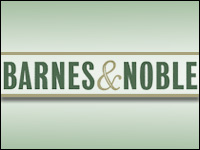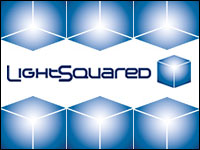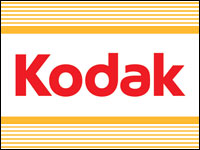
It looks like the Kindle Fire is a loss leader for Amazon product sales. IHS iSuppli tore apart a Kindle Fire to assess the cost of the tablet’s bill of materials (BOM). The research firm announced on Friday that the Fire’s BOM adds up to US$185.60. The cost drifts up to $201.70 when manufacturing services are added.
Amazon sells the Fire for $199.
IHS iSuppli noted that the teardown assessment is preliminary. It accounts only for hardware and does not include additional expenses such as software, licensing, royalties and other expenditures.
The results indicate the Fire is designed to drive sales of Amazon products rather than create a profit center of its own. While the margins on digital downloads are razor thin, the Fire will go beyond the Kindle e-reader in its ability to act as a storefront for Amazon products beyond digital content.
Tablets at a Loss
In the tablet market, the hardware is usually a profit center. Yet Amazon’s low pricing indicates the company has no interest in hardware profits.
“Amazon is really the first major player to attempt this strategy in tablets,” Tom Mainelli, research director for mobile connected devices at IDC, told the E-Commerce Times. “Apple makes money on the hardware. Apple essentially built its ecosystem, starting with the iPod and iTunes, to encourage hardware purchases.”
Google, Mainelli noted, has a similar model, since the company gives away its Android operating system to ensure plenty of people are using Google’s services and seeing the advertisements it sells. However, “Google’s hardware partners hope to make money selling the tablets,” he said. Sharing a margin with hardware partners will cost Amazon even more dollars per unit.
While it’s unusual for a company to sell hardware at a loss, Amazon is quite different from most companies.
“Amazon obviously sees itself coming from a different heritage and not heavily reliant on hardware as a key profit area,” Jeff Orr, group director of consumer research at ABI Research, told the E-Commerce Times.
Content and e-commerce services are Amazon’s core business, he noted.
“To have Amazon’s over-the-top content appeal to hardware vendors, it necessitates the company provide the complete solution initially — hardware device and related services,” said Orr.
It’s About the Volume
The profit hurdle for the Kindle Fire is plenty high. Amazon loses on the hardware sale; plus, digital content is sold at razor-thin margins.
“For Amazon it’s all about volume,” said Mainelli. “They may have relatively low margins on their content sales and rentals, but if they make the experience sticky enough, customers will return again and again.”
Over time, Amazon expects to make money on these repeat customers, Mainelli said.
“You can also expect to see Amazon’s apps and content delivery systems on tablets from other vendors who know they can’t hope to match’s Amazon’s ecosystem,” he added. “In effect, they know they can’t beat them, so they’ll join them.”
More Content on Fire than Kindle Reader
The business model for the Kindle Fire is much different from that of Amazon’s line of Kindle e-readers. The profits will come from a much different source — products, digital and non-digital.
“The Kindle Fire is a different animal from the Kindle e-reader,” Rhoda Alexander, director of tablet and monitor research at iSuppli, told the E-Commerce Times. “With the Kindle Fire, what you give people is a mobile shopping cart. The Fire opens the door for sales of physical things. It’s way beyond the digital content. They want to make Amazon the store for all go-to goods.”
Kindle e-readers are really only good for serving up standard book content, Mainelli said, which they do quite well.
“The Kindle Fire’s color screen is much better for serving up color magazines, kids’ books, movies and TV shows,” observed Mainelli.
The Kindle Fire is also potentially a great platform for selling Amazon’s more traditional goods, he added.
“I would expect that over time Amazon will work to make shopping for anything on Amazon using the Kindle Fire easier and more enjoyable,” said Mainelli.
As well as competing against Apple in the tablet market, the Kindle Fire will let Amazon compete with Apple in digital content. “Amazon sees an opportunity to be the preferred supplier and understands that it cannot achieve this goal without having absolute control over delivery and experience on day one,” said Orr.
A big plus in the Kindle Fire over Kindle e-readers is media like music and movies.
“Audio and video content alone differentiate the Kindle readers from the Fire device,” said Orr. “Audio and video content, in addition to printed works, can be monetized through a fun and efficient discovery and transaction platform.”





















































Social Media
See all Social Media